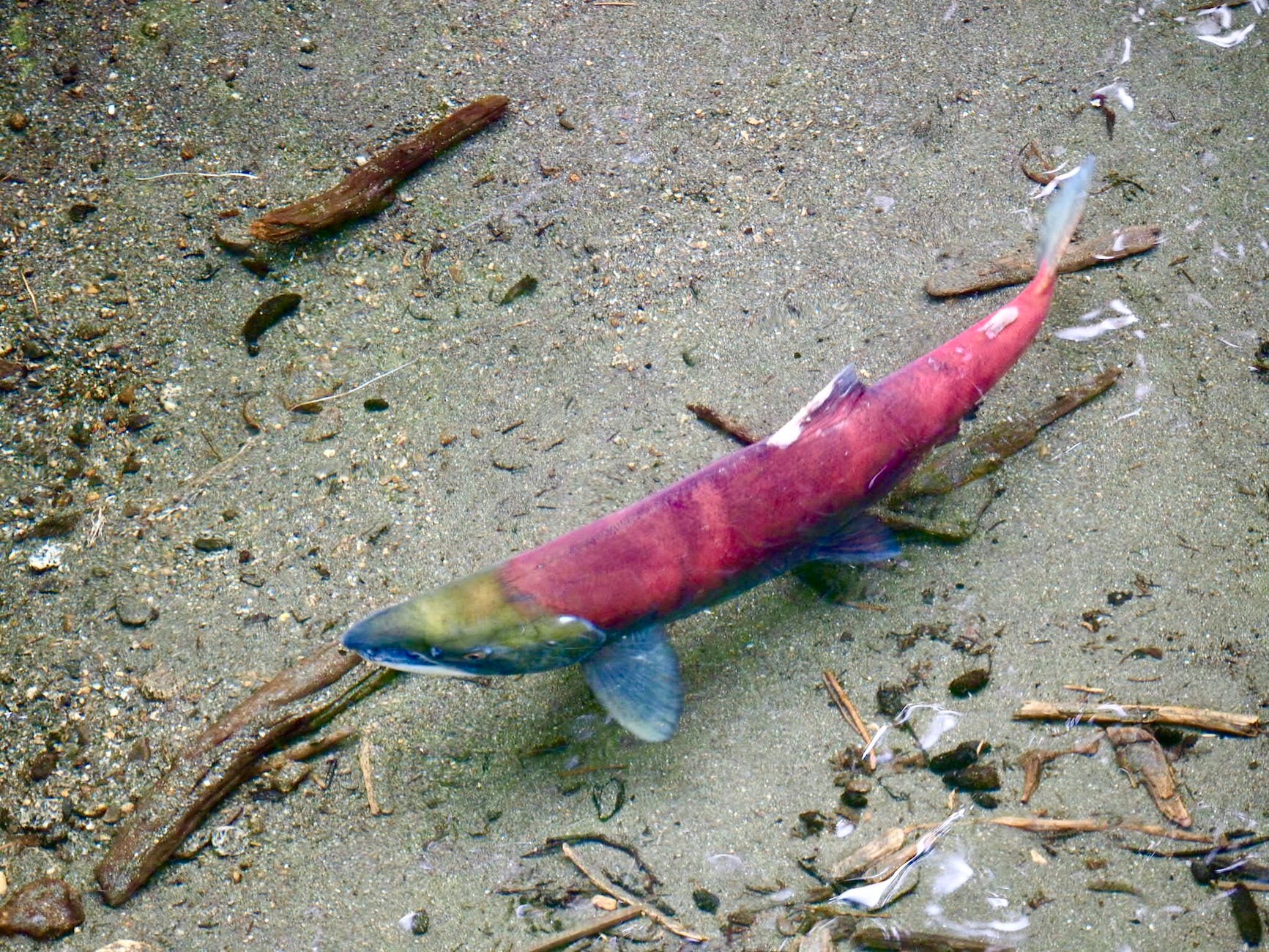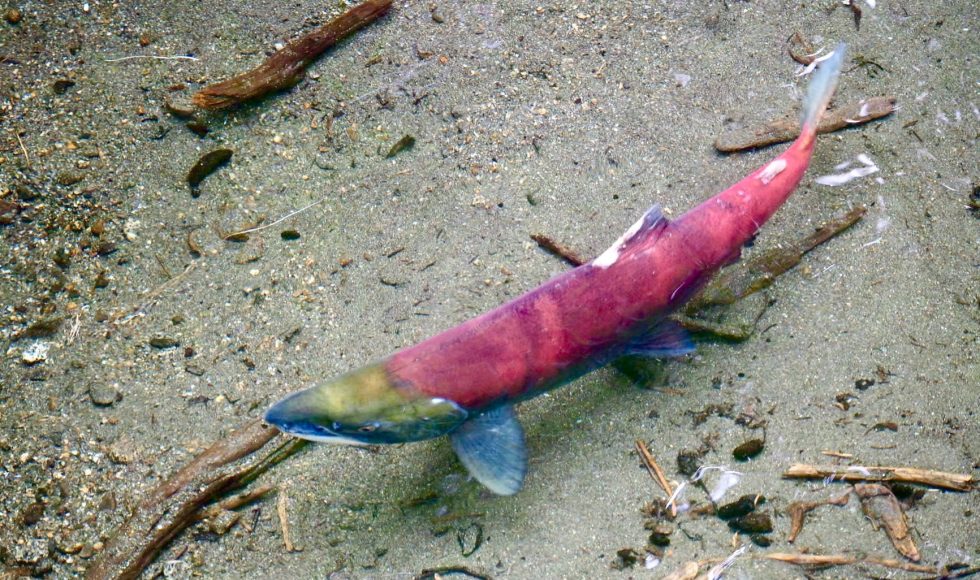What is Nanopore Sockeye? Tonight I watched a session with Sockeye in the title and may finally learn what it does! Eoghan Harrington, a genomic applications fellow at Oxford Nanopore Technologies, presented at London Calling 2022 on “Sockeye: nanopore-only demultiplexing of single-cell reads.” They explained that there has been an explosion of single-cell applications and advances in single-cell isolation (droplet, wells, slide), barcoding schemes, and sequencing readout. Harrington described that the Nanopore Community has helped develop protocols, read-outs, and tools. In 2018, for example, the R2C2 protocol was described. Other examples included spatial analysis. Modal accuracy is including as well as throughput. Sockeye is available in Github and is a single-cell pipeline that is modular. The inputs are single ONT FASTQ file or directory and references genome and annotation. The pipeline also needs a 10X shortlist of barcodes. Sockeye outputs an aligned BAM, cell x gene expression matrix, and UMAP plots. Harrington described the droplet-based single-cell cDNA sequencing library prep with gel beads with primers and reagents. The goal is to get one cell per bead to get reverse transcription. Sockeye has nine steps. The first one is to orient reads based on adapter configuration. This step also removes artifacts. Reads are aligned to the reference genome. The uncorrected barcodes are extracted. A cell barcode shortlist is generated. The next step assigns corrected barcodes using the shortlist and extracted uncorrected UMI. Reads are then assigned to genes and UMI assignments are clustered. The cell x gene expression matrix is then created and a UMAP plot is generated. Harrington then shared several application notes that were revealed, including workflows using adaptive sampling/sequencing. This workflow and adaptations are exciting, and I wonder when similar workflows will be available for microbial communities.



